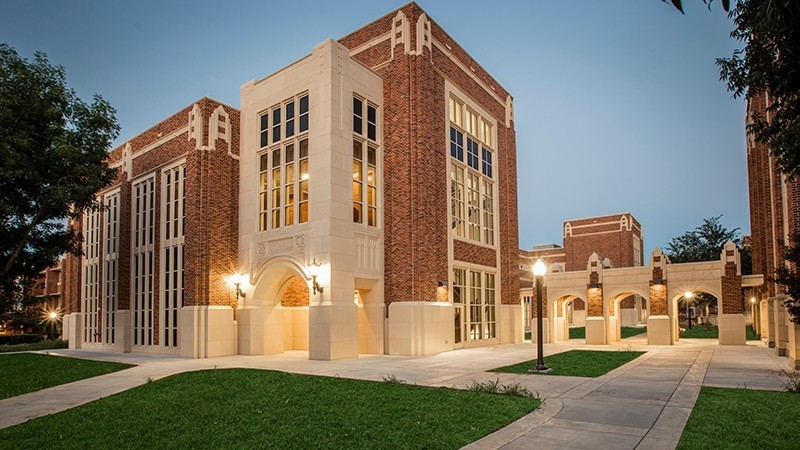The department’s research efforts can be grouped into four major fields:
The Homer L. Dodge Department of Physics & Astronomy conducts research in each of these fields, with the goal of expanding the frontiers of knowledge and training the workforce of the 21st century.

From state-of-the-art laboratories to powerful computational facilities, the Homer L. Dodge Department of Physics and Astronomy has access to a wealth of resources.
Learn more about our research facilities
The ongoing research efforts of the OU Astrophysics & Cosmology group span a wide range of interests, including:
The AMO group at OU studies the interactions between and manipulation of atoms, molecules, and photons at low temperatures and energies. Some of our current research areas in theory and experiment include:
The condensed matter group encompasses semiconductor physics, soft-matter physics, and nanophysics. A major focus of our group is the experimental and theoretical study of highly confined electron systems in artificially structured semiconductors and other low dimensional materials. We cover all aspects of these systems from fundamental theory to device fabrication. We have theoretical and experimental efforts in nano-scale semiconductor devices, high-efficiency photovoltaics, graphene, self-assembled monolayers, and nanoparticles.
OU theorists are mainly engaged in researching beyond-Standard Model physics. Areas of expertise include supersymmetry, statistical approaches to the string landscape, astro-particle searches for axions and dark matter, string phenomenology, and gravitational waves as a method to probe the early history of the Universe (the first three seconds).
OU’s experimental HEP program has participated in a wide range of physics analyses as part of the ATLAS Collaboration at the Large Hadron Collider. Topics of research include studies of the top quark and Higgs boson, as well as searches for supersymmetry and long-lived particles.